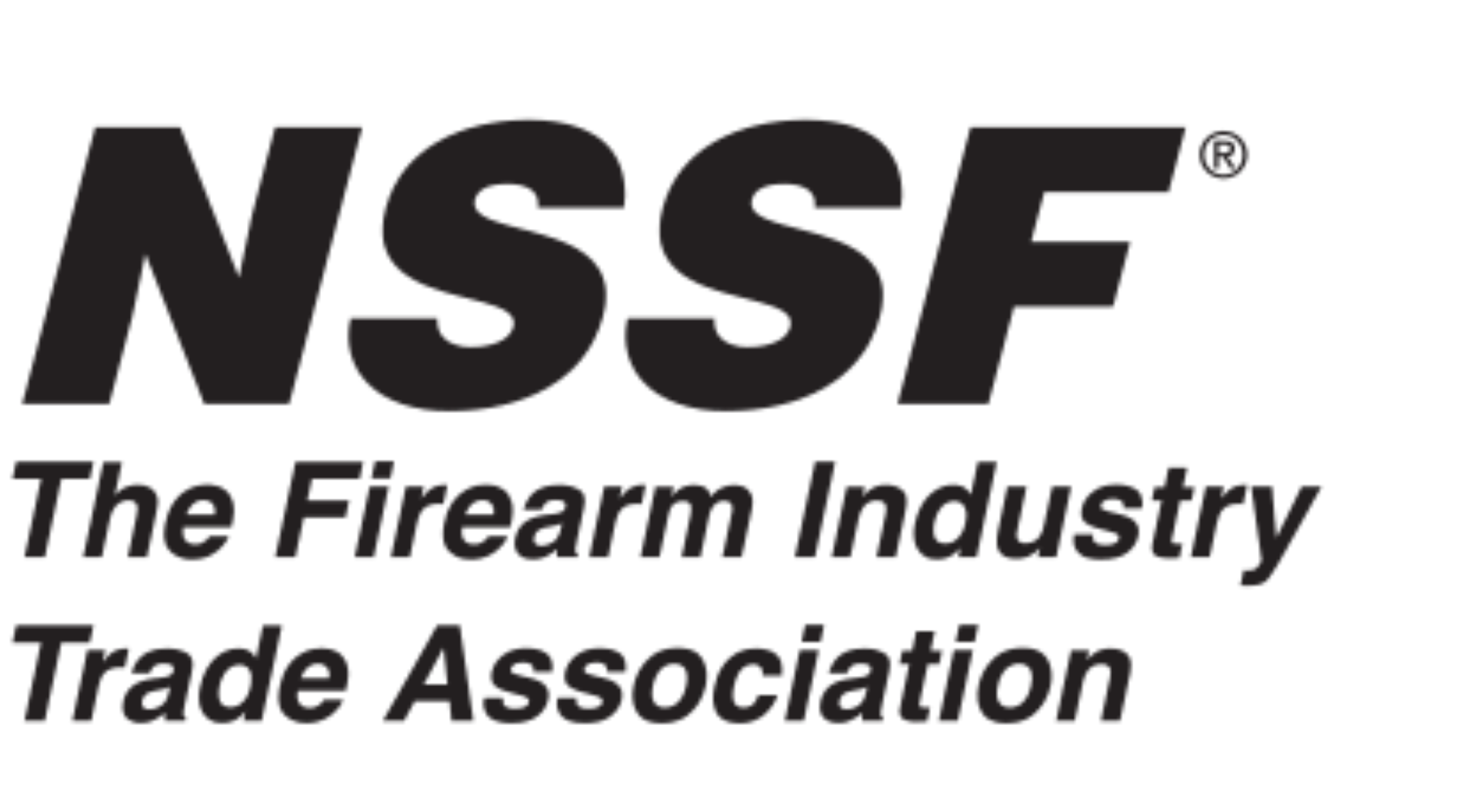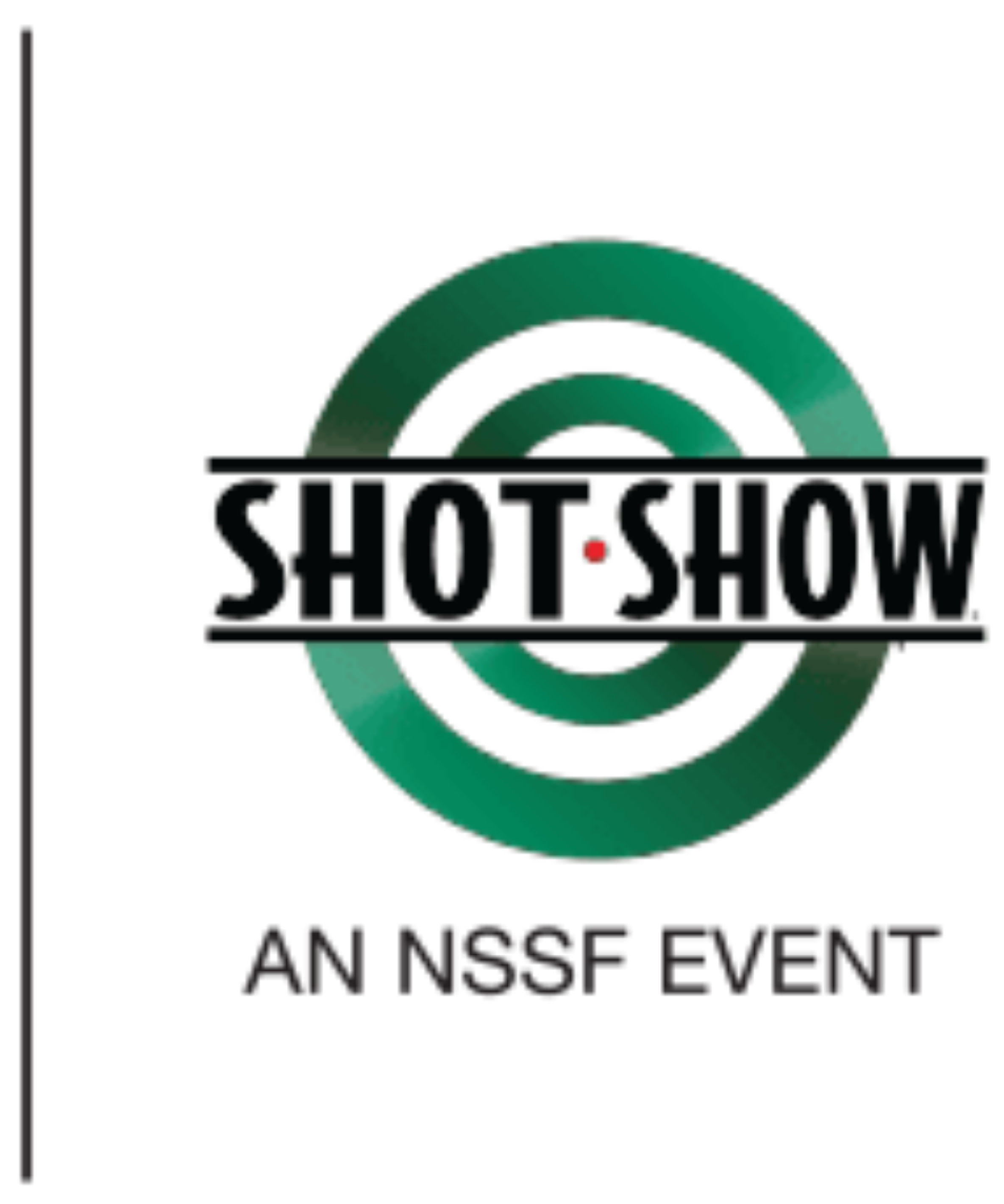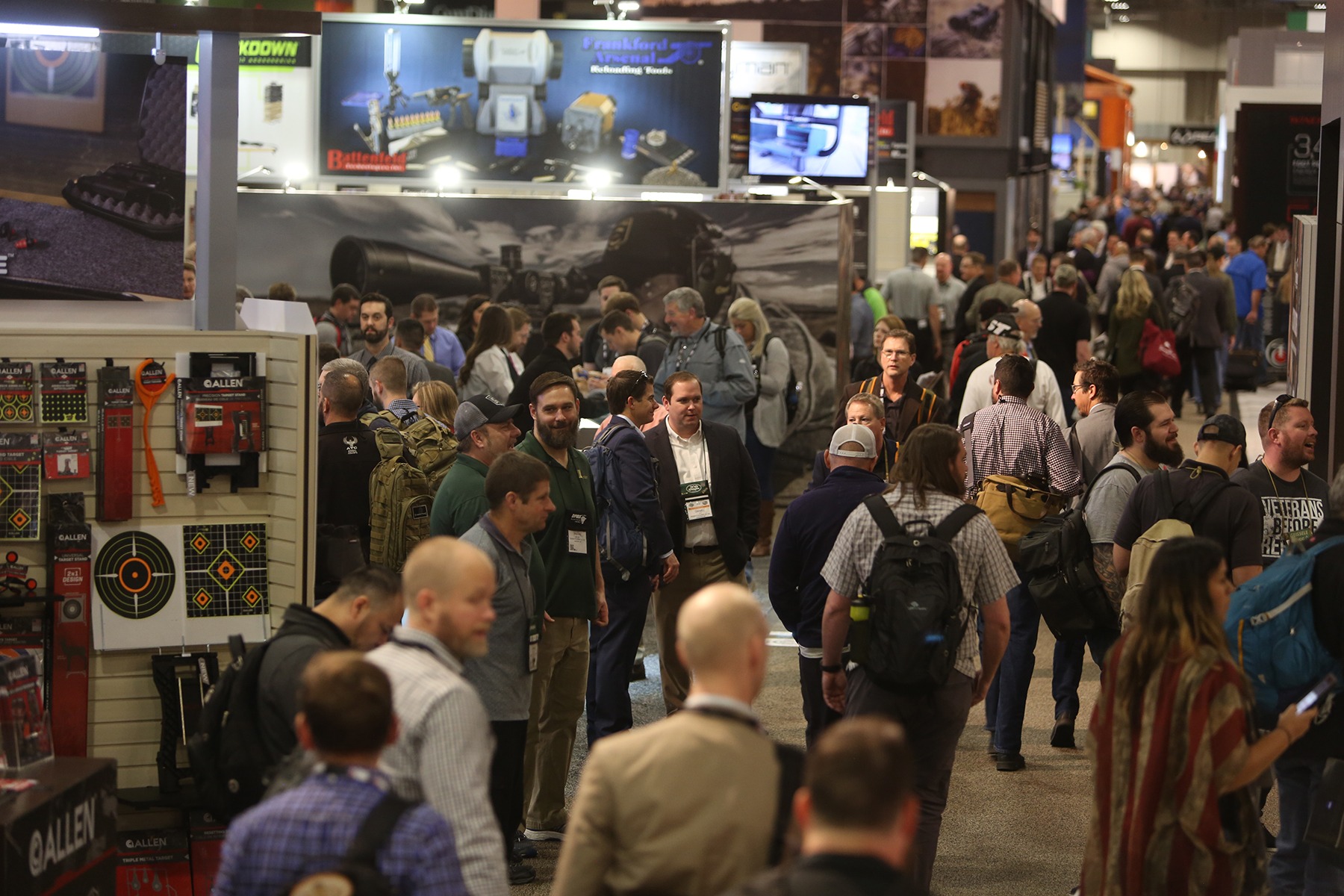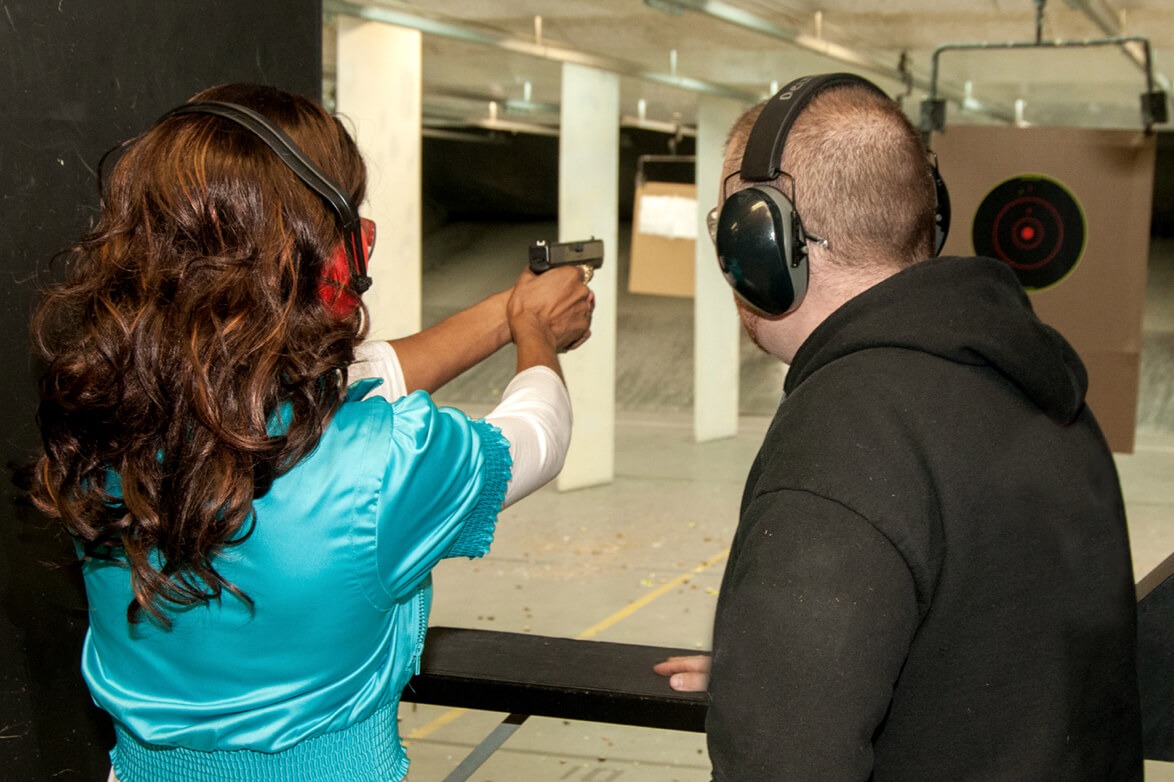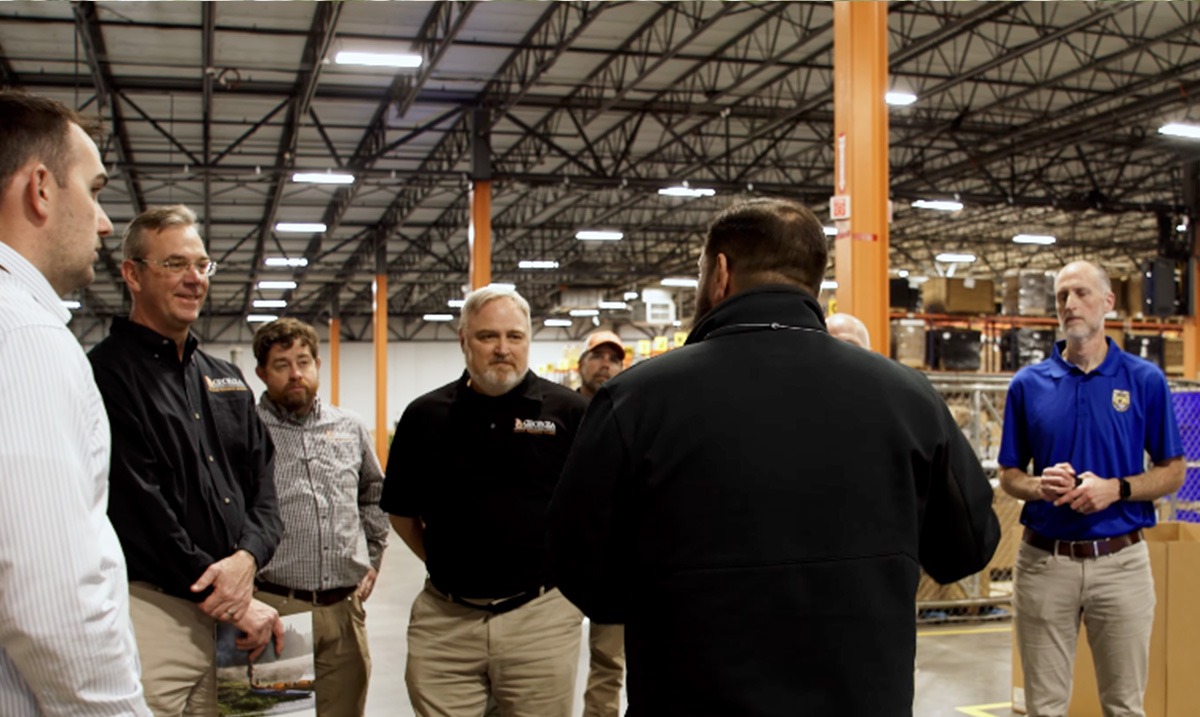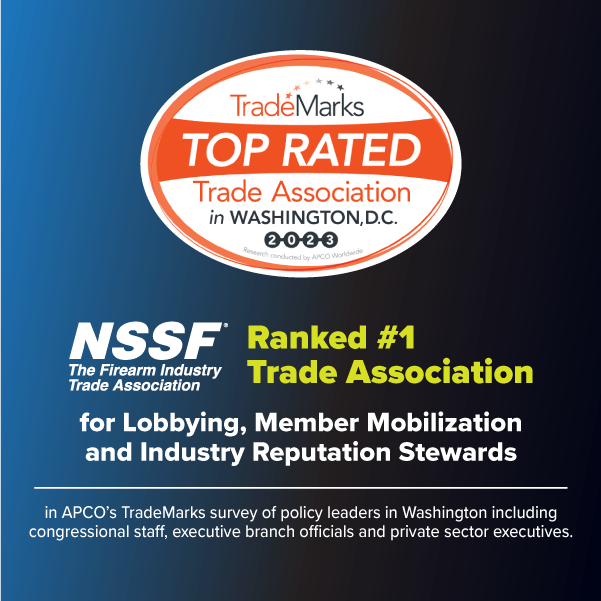 Back to News
Back to News
April 21, 2016
How to Start a Podcast of Your Very Own
In my last two articles (Podcasts Worthy of Your Time | Should You Start a Podcast of Your Own?), I provided a few key podcasts to listen to that cover a wide variety of topics relatable to today’s firearms retailers, and I went over pros and cons of starting a podcast of your very own. If after reading those two posts you’re still interested in hosting your own podcast, then let’s talk about how to do that.
Plan Your Podcast’s Format
Two things you need to decide up front are how you are going to host your show — solo, with a co-host or a mix of the two — and how long the episodes will be. Most podcasts run 30 to 45 minutes.
Develop a Name
Choosing your podcast’s name should be as simple as using your existing business name, particularly because that will make your podcast easy to find by those searching for it. If you’d rather not use your business name, make sure your podcast title has the keyword in it people are searching, such as firearms, guns, etc. Either way, keep it short!
Create a Podcast Logo
This is the graphic iTunes and Stitcher use to register your podcast and it is required. Specifics on size and quality of the graphic are here. You’ll want your podcast name and perhaps a picture of you or your business to be incorporated. Alternately you can use your existing business logo, which, again, can help make your podcast easy to find. If you don’t have a graphics designer in-house, you can create a logo yourself using Canva, Picmonkey, Fiverr, Crowdspring or 99designs.com.
Podcast Equipment
Bunny Ferguson, Creative Director of The Revolution Radio with Jim and Trav, emphasizes that you get what you pay for when it comes to equipment. “Let’s be honest, everyone has heard a really bad podcast,” she told me. “If the quality of sound is lacking, if there is a lot of noise, static, humming or other disturbances in the background, it makes it really unpleasant to listen to and people have a tendency to turn it off. Having good-quality equipment eliminates a lot of those problems.”
Jim and Trav have a very robust set-up, according to Bunny, though their podcasting package is not what I would suggest to someone just starting out. Bunny also mentioned that “Jim and Trav have been on air for years, so I would call their setup the ‘Tesla’ for podcasters.” Here’s what they use in the studio:
- Mic: Neumann; range from $1,000 on up.
- Mic pre-amp processor, many options available, not needed unless you are going for professional radio voice or podcast. Suggestions are: ART Tube preamp
- Edirol FA-66 and FA-101
- Digital hybrid: Innkeeper 2; separates caller and talent voices for even better editing
- Mixer board: Yamaha TF5
- Interface: Apogee Symphony Bundle
- Editing Program: Avid Pro Tools and/or Adobe Audition (requires monthly fee)
Don’t have Tesla money, but still want quality? Here’s a tip from Mark Strand, Editor for Midwest Outdoors Magazine and Midwest Outdoors Podcast: “I use my iPhone as a recording device for capturing broadcast-quality audio interviews for podcast episodes, especially if I’m traveling. Rode, an Australian company, makes a lavalier [lapel] microphone called the smartLav+, and a great little gadget, the SC6, that lets you feed the audio signals from two microphones into a smartphone, as well as connect a set of headphones to monitor the audio. Once you have the mics (you can use your earbuds to monitor sound), download the company’s free recording app, RodeRec, and you have everything you need,” explained Strand. For editing, Mark steps it up with Final Cut Pro X, which is used for both audio and video, since he’s usually also filming while podcasting.
Wondering what I use? My podcast buddy, Jim, and I use a Marantz PMD661 MKII digital recorder that allows us to record when we travel. Our mics are an Electro Voice RE50B, Electro Voice 635 (also known as “the hammer” in the radio industry because it takes abuse and keeps on working), and a Heil Sound PR20. Jim is very proud of that mic; I am not allowed to touch it.
I edit my podcasts in Garage Band, which came with my Macbook Pro. It is super simple to drop in digital files and edit. Garage Band will convert your file to an mp3 for you – and then I suggest saving your finished podcast in a Dropbox account (free at http://dropbox.com). When I am stumped on something I just Google the problem and usually someone has a YouTube video on what I need to learn. In all, I would say Jim and I have less than $500 into our setup.
Recording
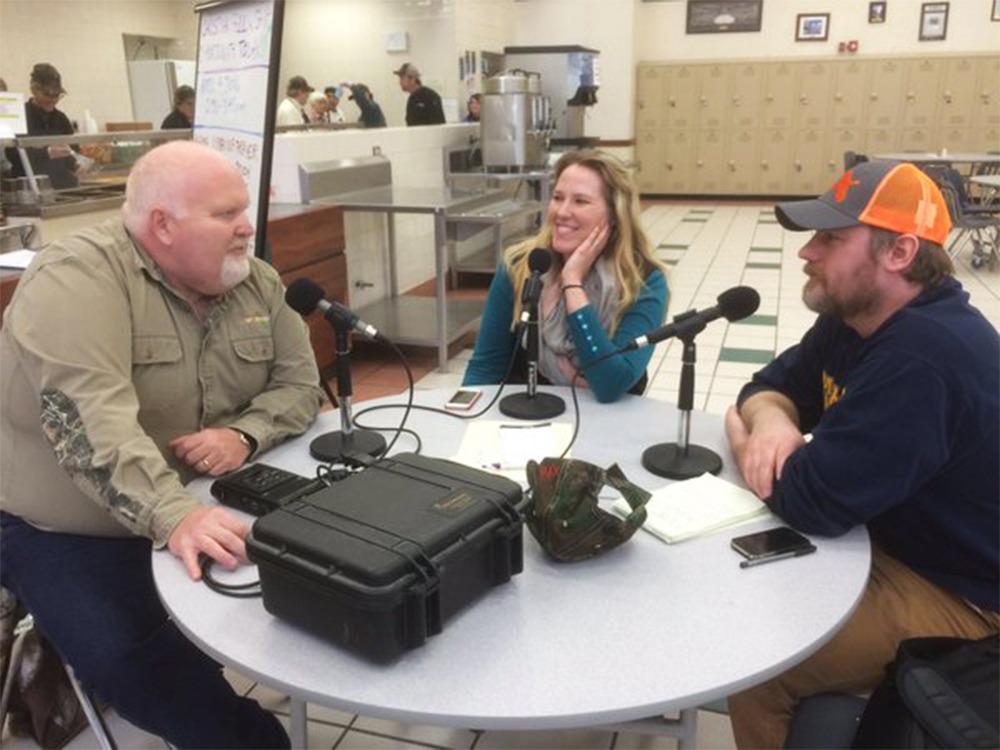
You’ll need to have a plan for each and every podcast. My suggestion? List out 10 potential topics for podcast episodes, and for each topic list how it helps the customer and you. This will help you frame the direction of the podcast and guide you toward any special guests you want to invite to interview. As a last exercise, write out one line for each episode that details what most has to happen during the episode to deliver your expectations.
Nate Barrett for The Industrialist Podcast said, “Focus first on providing value to the community you seek to serve. Be original and serve a very specific niche. When you think you’ve niched down enough, do it again. For example, at first I considered doing a general podcast about manufacturing leadership. I next considered manufacturing leadership in the defense industry at large. Examining my true passion, I narrowed down to manufacturing leadership in the shooting and hunting industries.”
Intro Music
Almost all podcasts have music that serves to begin the broadcast. There are a few free resources, but it is recommended you buy your music to avoid copyright infringements: Bensound, Free Music Archive and ccMixter are all good resources for purchasing music. Pick one song and use it for every podcast. There’s no need to change it up every time because, as it is with most branding, you’re looking for consistency that’s recognizable to your customers.
Hosting
Your podcast will be available for public listening once you complete the next three steps, in order. And before you begin registering, have your show graphic and name ready!
- You must have an RSS feed that feeds into iTunes and Stitcher automatically. Two of the best options are Libsyn and Rainmaker. I prefer Libsyn. For either, simply follow the directions on the website to register, choosing the monthly plan that best works for you. I have the $15 per month plan that allows for up to 250 megabytes of storage every month. One podcast for me is around 80 to 90 megabytes, so I can upload about two or three podcasts a month.
- You will need to choose your RSS slug, i.e. your RSS feed special name. If it changes in the future, that doesn’t matter, but this is how Libsyn will create the RSS feed for you.
- Register your podcast with iTunes and Stitcher. I’ve been talking about iTunes (Apple products) and Stitcher Radio (Android devices) as they are the two most-used apps for listening to podcasts. It is in your best interest to use both. Remember you must have a recorded podcast in your RSS feed before registering that podcast with iTunes and Stitcher Radio.
Working with iTunes
You must have an iTunes Store account and Apple ID. Once those are established, you’ll need to test your podcast first before making it live. To do so, open the iTunes app, choose “File/Subscribe to Podcast,” then type your RSS feed URL in the text box (you grab the URL from your Libsyn dashboard), then click OK. If you can successfully download and play the episode in iTunes, then your podcast is working. The next step will be to validate your podcast and, finally, you submit your podcast here.
Working with Stitcher Radio
First, visit Stitcher Radio Partners page and register. From there follow the instructions on uploading your RSS feed, as well as a little information about you and your show. And honestly, that’s all you need to do for Stitcher. Expect a response within a week.
Tips
Pat Flynn’s free video series provides a great overview on launching a new podcast.
My friend Nate Barrett also offered some great advice, saying, “Try not get bogged down by perfectionism. You want your interviews and audio to be of great quality, but someone is starving for your message, so don’t unreasonably delay getting it out there. Your interviewing and editing skills will improve over time.”
Nate also suggested upping your game and joining a podcasters Facebook group or other membership community such as Podcaster’s Paradise with John Lee Dumas. I think that’s a great idea, as these can be a wonderful platform for idea exchange and troubleshooting.
So there you have the basics of planning, recording and hosting your own podcast. Just one of many marketing tools so important to providing added value to your current customers, as well as reach new ones, podcasts can be one more element that makes your business a go-to resource. Give it a try — I know I look forward to hearing what you have to say!
About the Author
Michelle Scheuermann is the owner of BulletProof Communications, LLC. You can listen to her own industry podcast, “Back at the Lodge,” here.
You may also be interested in: Handling Social Media’s Negative Side
Categories: Featured, Ranges, Retailers, Top Stories

